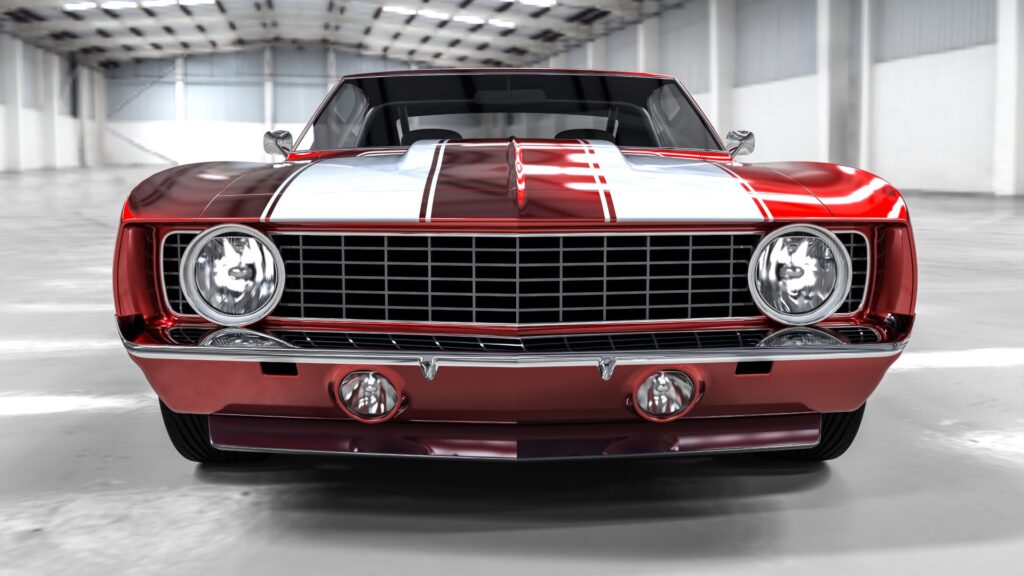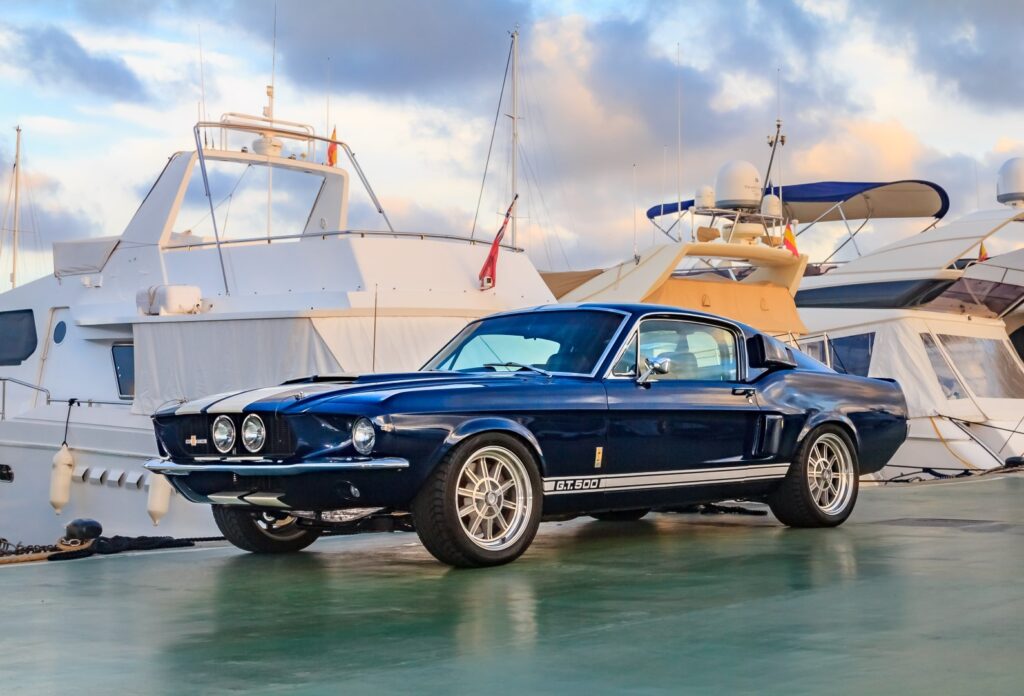Muscle cars are a quintessential part of American automotive culture. These powerful and stylish vehicles have been around since the 1960s and have gone through many changes over the years. In this blog, we will explore the history of muscle cars, from their origins in the 1960s to their evolution into modern-day models.
Origins of Muscle Cars
The term “muscle car” was first used in the mid-1960s to describe a new breed of high-performance cars that were designed for straight-line speed and acceleration. The first muscle car is often considered to be the 1964 Pontiac GTO, which was a modified version of the Pontiac Tempest that had a powerful V8 engine and was marketed to younger buyers who wanted a car that was both stylish and fast.

Other early muscle cars included the Ford Mustang, the Chevrolet Camaro, and the Dodge Charger. These cars were designed to appeal to a new generation of car buyers who were looking for excitement and performance. They had large V8 engines, sporty styling, and often came with features like racing stripes and hood scoops to emphasize their high-performance capabilities.
Peak of Muscle Car Era
The 1960s and 1970s are often considered to be the peak of the muscle car era. During this time, American automakers were producing some of the most powerful and iconic muscle cars in history. Some of the most notable models include the Chevrolet Chevelle SS, the Plymouth Road Runner, and the Dodge Challenger.
These cars had huge V8 engines that produced over 400 horsepower, which was a lot of power for the time. They were also known for their stylish designs and often had unique features like shaker hoods and side-exit exhausts. Muscle cars were especially popular among young men who wanted a car that was both fast and cool.
Decline of Muscle Cars
The 1970s saw a decline in the popularity of muscle cars. This was due to a number of factors, including the rising cost of gasoline, stricter emissions regulations, and a shift in consumer preferences towards smaller, more fuel-efficient cars. Many automakers stopped producing muscle cars altogether, and those that continued to make them had to reduce the size of their engines and make other changes to comply with new regulations.
However, the 1980s saw a resurgence in the popularity of muscle cars. Automakers like Chevrolet and Ford began producing high-performance models like the Camaro Z28 and the Mustang GT. These cars were smaller and lighter than their predecessors, but still had powerful engines and sporty styling.
Modern-Day Muscle Cars
Today, muscle cars are more popular than ever. Automakers like Dodge and Ford have continued to produce high-performance models like the Dodge Challenger SRT Hellcat and the Ford Mustang Shelby GT500. These cars have massive V8 engines that produce over 700 horsepower and are capable of accelerating from 0-60 mph in less than four seconds.

In addition to their performance capabilities, modern-day muscle cars are also more refined and technologically advanced than their predecessors. They have features like advanced suspension systems, touchscreen infotainment systems, and driver-assistance technologies like lane departure warning and blind-spot monitoring.
Conclusion The history of muscle cars is a long and storied one, filled with iconic models and legendary performances. From the early days of the Pontiac GTO to the modern-day Dodge Challenger, muscle cars have evolved and adapted to changing times and consumer preferences. Whether you’re a die-hard muscle car enthusiast or simply appreciate their powerful performance and stylish designs, there’s no denying the enduring appeal of these classic American vehicles.

